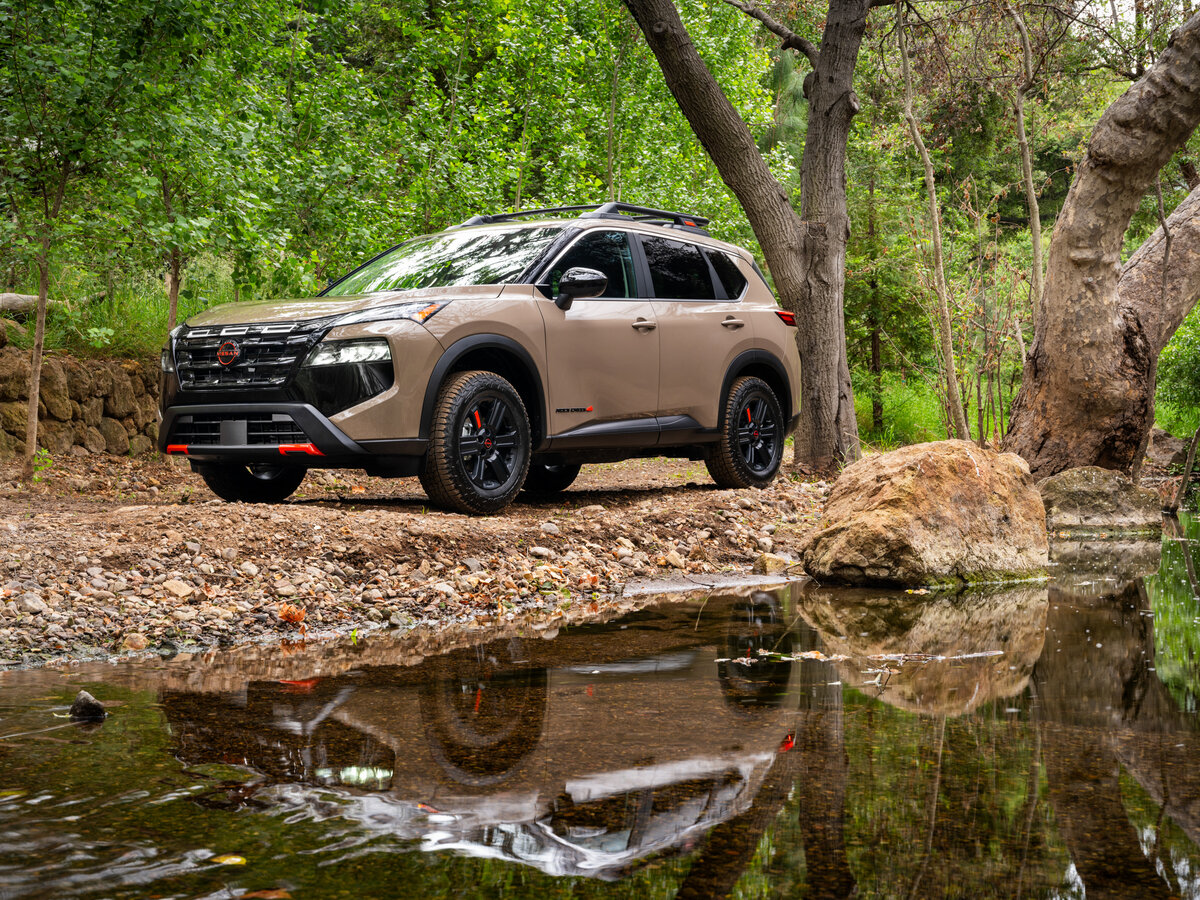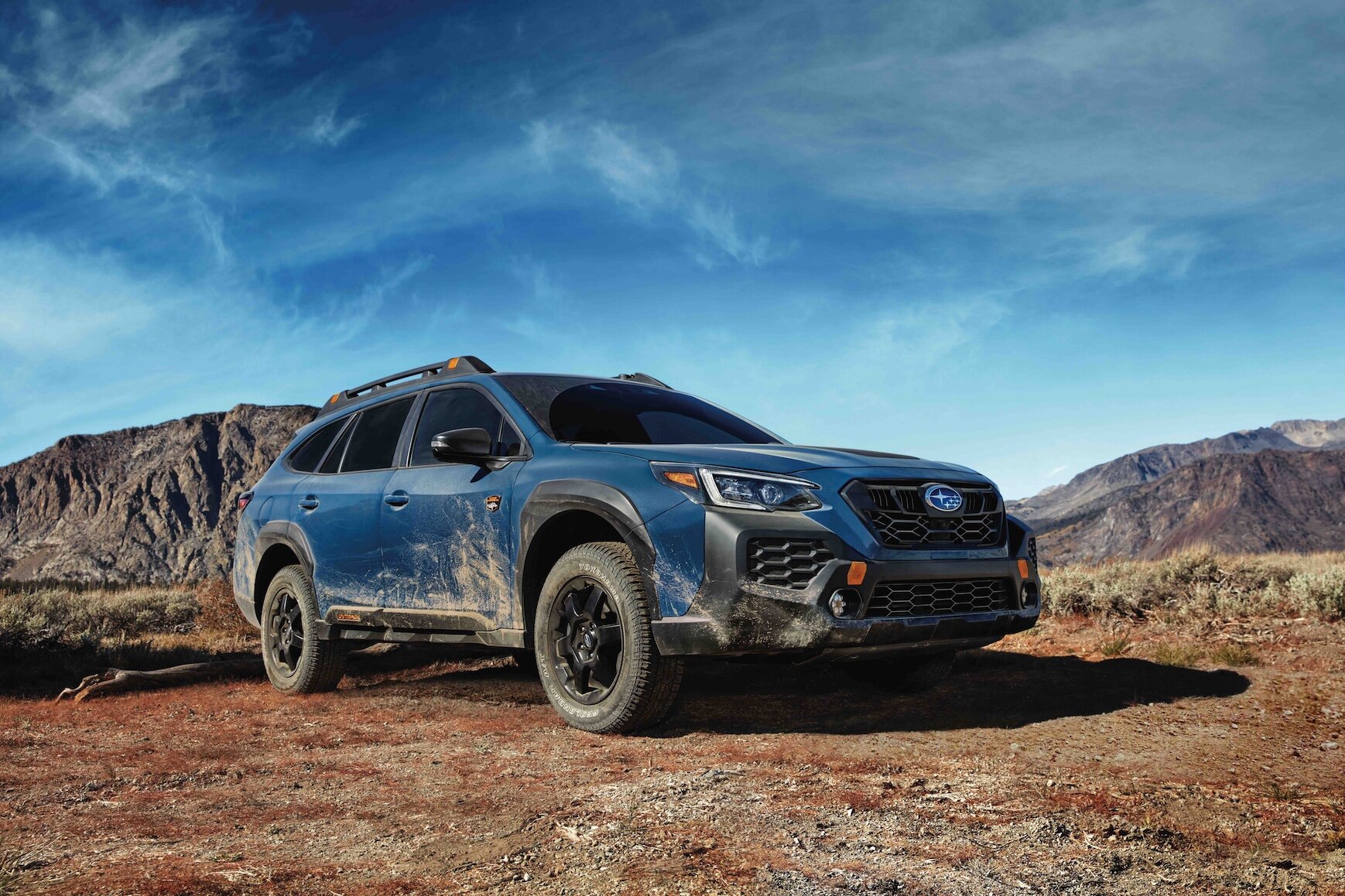First Impressions: The Familiar Face, Sharpened
Slide behind the wheel of the 2025 Nissan Rogue and you’re greeted by a sense of déjà vu—but it’s not just a repeat performance. Nissan’s perennial best-seller in the compact SUV segment returns with a sharper snout, cleaner lines, and just enough visual tweaks to set it apart from the outgoing model. The grille has been revised (again), this time with more geometric flair, and LED headlights trace a slightly more aggressive silhouette. From the curb, it’s recognizably Rogue—tidy, inoffensive, and just upscale enough to keep Honda CR-V and Toyota RAV4 shoppers glancing over from the next parking space.
Under the Hood: A Single Engine, Familiar Numbers
Nissan sticks with what worked last year: a 1.5-liter turbocharged three-cylinder, making 201 horsepower and 225 lb-ft of torque. It's paired with a continuously variable automatic transmission (CVT), driving either the front wheels or all four via Nissan's optional all-wheel-drive system. No hybrid here (at least for U.S. buyers), which is a notable omission given Toyota’s and Honda’s push toward electrification in this segment. The EPA rates the Rogue at up to 30 mpg city and 37 mpg highway—competitive, but not segment-leading. During my week of mixed driving around Detroit’s pothole-riddled streets and the smoother stretches of I-94, I saw an indicated 32 mpg.
On the Road: Quiet Ambition
There’s a subtle charm to how the Rogue moves through traffic—an unhurried confidence that makes it an easy daily companion. The three-cylinder hums at idle, barely audible from inside with the windows up. At full throttle, there’s a faint growl, but nothing intrusive. The CVT does its best impression of a traditional automatic, simulating gear shifts under heavy acceleration. It won’t fool enthusiasts, but most drivers will appreciate the seamless power delivery and lack of rubber-band effect that plagued earlier CVTs.
Steering is light but precise—a boon for parking lots and urban commutes, less so for carving up curvy roads north of Ann Arbor. Body roll is well controlled; push harder than most owners ever will, and the Rogue remains composed if not exactly playful. Compared to a Mazda CX-5 or Volkswagen Tiguan, it feels less athletic but more isolated from noise and vibration—a clear priority for Nissan. On coarse Michigan asphalt at 70 mph, tire roar is modest and wind noise is impressively hushed—quieter than a base Toyota RAV4 by my own decibel meter (and ears).
Inside the Cabin: Where Buttons Meet Big Screens
Open the door—there’s a pleasing heft to it—and you’ll find a cabin that punches above its price point in most trims. Materials are soft where hands naturally land, though hard plastics still lurk around the lower console and door bins. The dashboard layout is clean and horizontal, dominated by either an 8-inch or upgraded 12.3-inch touchscreen (on higher trims) running Nissan’s latest infotainment suite. Wireless Apple CarPlay and Android Auto are standard on all but the base S trim; step up to SL or Platinum for built-in Google Assistant integration.
The climate controls remain blissfully physical—a row of clicky buttons beneath rotary knobs with just enough resistance to feel substantial. Ergonomics are generally spot-on; only the drive mode selector feels like an afterthought, tucked awkwardly behind the shifter.
Front seats are classic Nissan—wide cushions with ample bolstering and that signature zero-gravity support on longer drives. Rear seat space is competitive for adults; knees won’t brush seatbacks unless you’re pushing six-foot-three. Cargo capacity sits at 36.5 cubic feet behind the second row—not class-leading (the CR-V boasts more), but enough for a week’s groceries or a pair of large suitcases.
Tech Suite: A Step Forward With Room To Grow
For 2025, Nissan brings more tech to bear. The available digital instrument cluster is crisp and configurable, while top trims add wireless charging and an upgraded Bose audio system with punchy clarity—though bass lovers may still want more thump.
Nissan Safety Shield 360 remains standard across all trims: forward collision warning with automatic emergency braking, blind-spot monitoring, rear cross-traffic alert—the usual roster is present and accounted for. Adaptive cruise control works smoothly in traffic jams; lane-centering assist is less decisive than Honda’s system but avoids ping-ponging between lane markers.
Real-World Usability: Everyday Details That Matter
The Rogue excels at little things: wide-opening rear doors make child seat installation painless; rear seats recline for added comfort on family road trips; there are USB ports aplenty—even in base models—and thoughtful storage cubbies scattered throughout the cabin.
The power liftgate (on SV trims and above) operates smoothly if not briskly; cargo floor panels can be reconfigured into dividers or lowered for taller items—a small touch that owners will appreciate during Costco runs.
The Cost of Ownership: Pricing and Value Calculus
The 2025 Rogue starts around $29,000 for an S FWD model before destination charges—a modest increase over last year—and climbs past $39,000 when loaded up as a Platinum AWD with every tech feature checked. Maintenance costs are projected to be average for the class; Nissan’s three-year/36,000-mile basic warranty matches most competitors.
Resale values have historically trailed Toyota and Honda but remain respectable thanks to strong demand in the used market—especially for mid-grade SV models equipped with AWD.
How It Stacks Up: Rivals In The Rearview
The compact SUV field remains fiercely competitive. The Honda CR-V Hybrid offers better fuel economy (upwards of 40 mpg combined) but comes at a price premium and lacks some of the Rogue’s creative cargo solutions. Toyota’s RAV4 Hybrid similarly outpaces Nissan on efficiency—and offers more robust off-road variants—but feels less refined inside unless you spring for pricier trims.
The Mazda CX-5 still leads on driving enjoyment—its steering is sharper, its ride tauter—but at the expense of interior space and sometimes road noise. The Hyundai Tucson brings bold style and abundant tech options (including plug-in hybrid power), while Volkswagen’s Tiguan counters with available third-row seating—a rare trick in this class.
The Takeaway: Comfort First, With Few Surprises
If you value serenity over sportiness, practicality over pizzazz, the 2025 Nissan Rogue deserves your attention. It won’t thrill behind the wheel like Mazda’s CX-5 nor sip fuel like Toyota’s RAV4 Hybrid—but it nails everyday tasks with quiet competence and subtle polish. For families who want fuss-free transport wrapped in contemporary style—with just enough modern tech to avoid feeling left behind—the Rogue remains firmly in contention.


